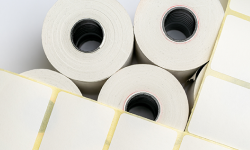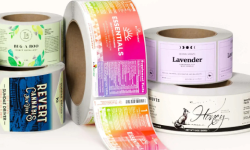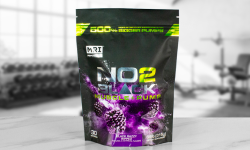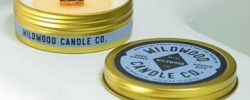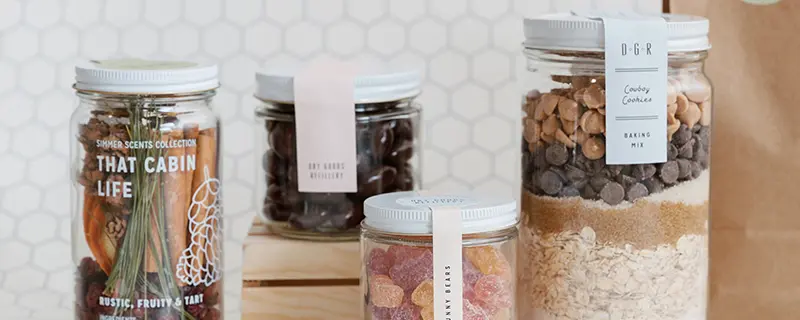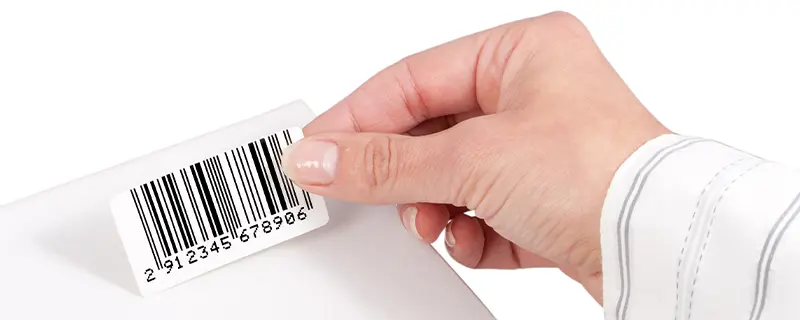Finding the perfect label for tapered containers can be tricky. With products that vary in size from top to bottom, it's essential to understand how to design and apply labels that look professional and stay in place.
This guide will provide you with tips and insights to help you navigate the process of labeling tapered containers effectively.
How Do You Choose the Right Custom Label for Tapered Containers?
Why Tapered Containers Require Special Labels
Tapered containers, such as bottles that widen at the top or narrow towards the bottom, present unique challenges for labeling. A standard rectangular label often won't fit correctly, leading to creases, bubbles, or misalignment. Understanding how to customize your labels for these shapes ensures your products look their best on the shelf.
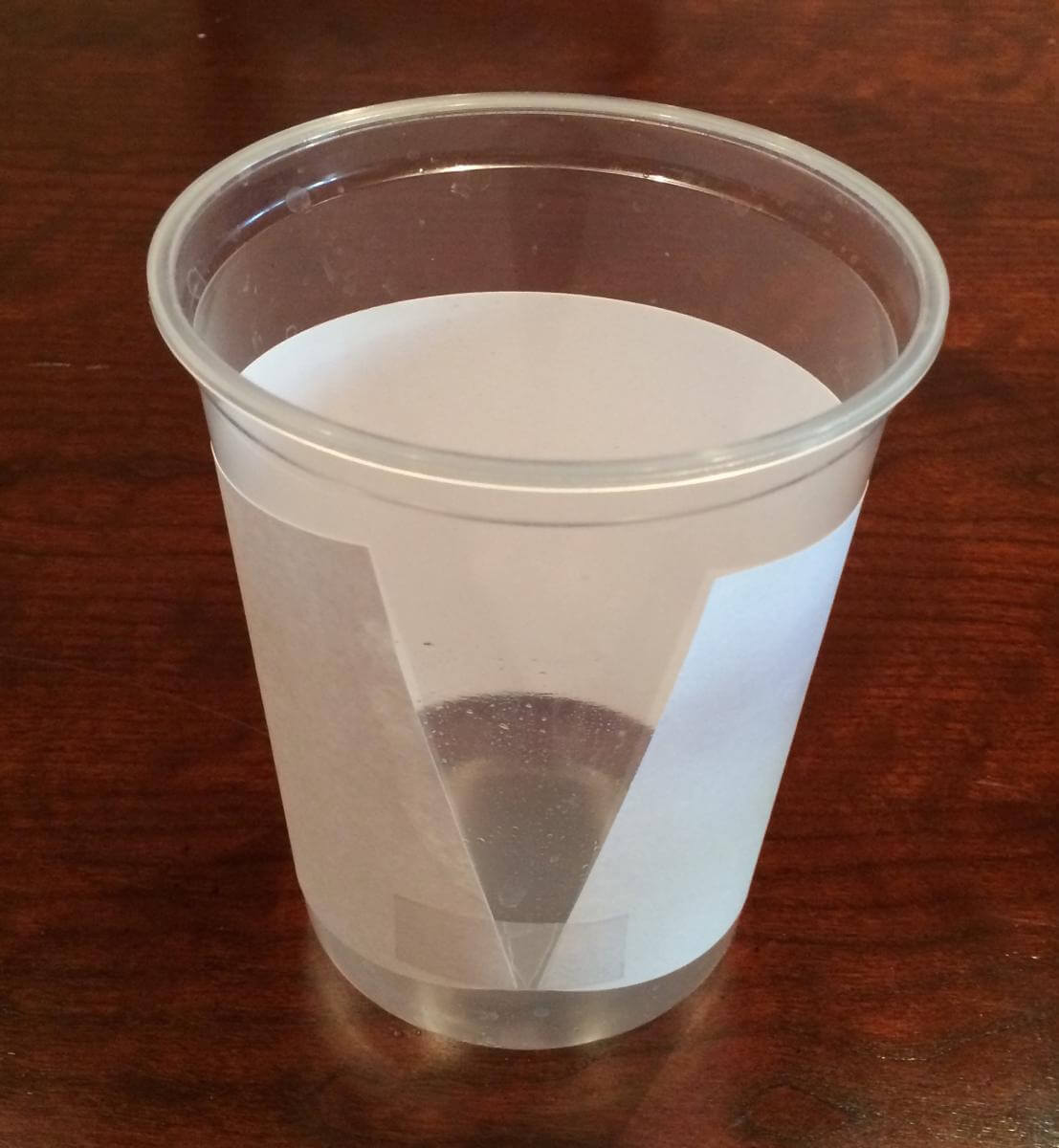
The Challenge of Tapered Shapes
When applying a standard rectangular label to a tapered container, the label tends to curve and misalign, creating an unprofessional appearance. This is because the changing diameter from top to bottom affects how the label adheres to the surface.
- Standard Labels: Often curve and misalign on tapered surfaces.
- Custom Labels: Need to be specifically designed to fit the contours of the container.
Importance of Correct Label Shape
- Label Design: Requires a custom shape to fit the container correctly.
- Application: Ensures a smooth, professional finish without bubbles or creases.
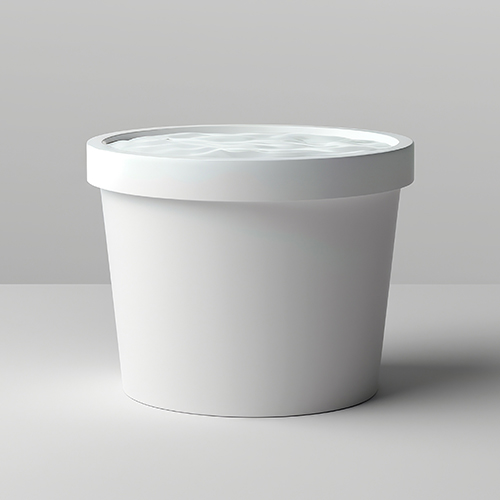
Designing the Perfect Custom Label for Tapered Containers
Measuring Your Container
Start by measuring the dimensions of your container accurately. You’ll need to note the diameter at the top, middle, and bottom, as well as the height of the area where the label will be applied.
- Top Diameter: Measure the widest part at the top.
- Middle Diameter: Measure the middle section for consistency.
- Bottom Diameter: Measure the narrowest part at the bottom.
- Label Height: Determine the vertical space for the label.
Creating a Custom Label Template
Using the measurements, create a custom label template that matches the taper of your container. This usually involves a bit of trial and error to get the curvature just right.
- Template Design: Draw an initial template based on your measurements.
- Trial and Error: Print and cut out the template, then test it on the container.
- Adjustments: Make necessary adjustments until the label fits perfectly.
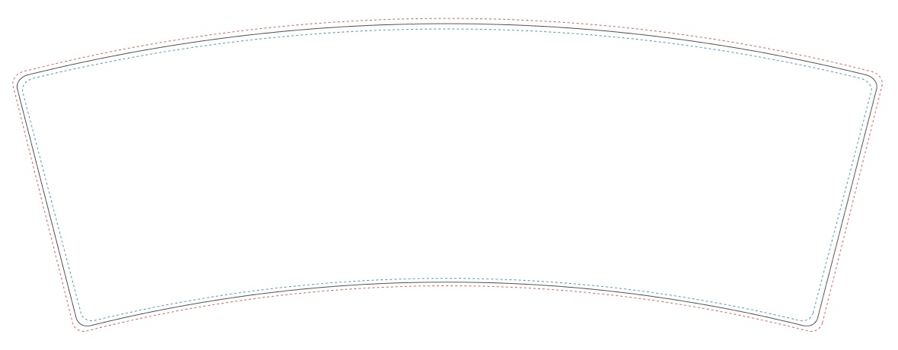
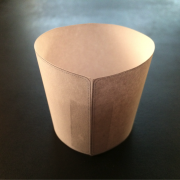
Material Selection for Tapered Labels
Choosing the right material is crucial. BOPP (biaxially oriented polypropylene) labels are often recommended over PVC (vinyl) labels for their flexibility, durability, and cost-effectiveness.
- BOPP Labels: Thinner, more flexible, and durable.
- PVC Labels: Thicker, harder to apply, and often more expensive.
Tips for Perfectly Labeled Tapered Containers
Align Your Design Elements
When designing your label, ensure that text, logos, and other design elements are aligned to the curved surface. This prevents distortion and ensures a professional look.
- Curved Text: Adjust text to follow the contour of the label.
- Central Logos: Position logos and images centrally to avoid misalignment.
Test Different Materials
Different materials behave differently when applied to tapered surfaces. Test a few options to see which material adheres best without wrinkling or peeling.
- Material Testing: Order sample materials and test them on your containers.
- Durability Check: Ensure the material withstands handling and environmental factors.
Consider Environmental Factors
Labels on products exposed to moisture, heat, or cold need to withstand these conditions. Choose materials and adhesives that are appropriate for your product's environment.
- Water Resistance: For products exposed to moisture, choose water-resistant materials.
- Temperature Tolerance: Ensure the adhesive remains strong under varying temperatures.
Benefits of Using Custom BOPP Labels for Tapered Containers
Enhanced Durability
BOPP labels are known for their durability, making them ideal for products that require a long-lasting label. They resist tearing, moisture, and chemicals.
- Moisture Resistance: Ideal for products exposed to water or humid conditions.
- Chemical Resistance: Suitable for products that come into contact with cleaning agents or other chemicals.
Cost Efficiency
BOPP labels are generally more cost-effective than PVC labels. Their production process is less expensive, and their durability means fewer replacements and less waste.
- Lower Costs: Save on production and replacement costs.
- Efficiency: Streamlined application processes reduce labor costs.
Aesthetic Flexibility
BOPP labels are available in white and clear options, allowing for creative and attractive designs. Clear BOPP labels can create a “no-label” look, making the design appear directly printed on the container.
- White BOPP: Provides a solid background for vibrant printing.
- Clear BOPP: Ideal for a sleek, minimalist look.
FAQs: Custom Labels for Tapered Containers
Why can't I use standard labels on tapered containers?
Standard labels tend to misalign and crease on tapered surfaces because they don’t account for the changing diameter of the container. Custom labels designed with a slight arc fit better and provide a professional finish.
How do I measure my container for a custom label?
Measure the diameter at the top, middle, and bottom of the area where the label will be applied. Also, determine the height of the label area to ensure the label fits within the designated space.
What materials are best for labels on tapered containers?
BOPP (biaxially oriented polypropylene) labels are often the best choice for tapered containers due to their flexibility, durability, and cost-effectiveness compared to PVC (vinyl) labels.
Can I use labeling machines for tapered containers?
Standard labeling machines might struggle with tapered containers. However, advanced machines with adaptable features can handle some tapered shapes. Always conduct trial runs to adjust settings.
How can I ensure my labels are environmentally friendly?
Choose materials and adhesives that are eco-friendly and designed to withstand the specific environmental conditions your product will face. BOPP labels are a great option due to their durability and resistance to various environmental factors.
Ready to Create the Perfect Custom Label for Your Tapered Containers?
Choosing the right custom label for tapered containers can be challenging, but with the right approach, you can achieve a professional look that enhances your product's appeal.
At Wizard Labels, we specialize in providing high-quality custom labels tailored to your needs. Visit our custom labels page to get a custom quote today and learn more about the best materials for your labels.
